In a significant breakthrough for food safety, researchers at McMaster University have developed an advanced packaging tray capable of detecting harmful pathogens like salmonella in raw or cooked food products. This revolutionary technology provides real-time information to producers, retailers, and consumers without the need to open the package. Which offers a simpler and more efficient alternative to time-consuming lab-based detection methods.
The Innovative Tray Design
The innovative tray, shaped like a shallow boat, has a coating of a food-safe substance that enables an embedded sensor to identify the presence of salmonella. This adaptable technology can easily be modified to detect other common contaminants such as E. coli and listeria. Additionally, it offers versatility in detecting various types of pollutants, making it a valuable tool for environmental monitoring.”
According to co-lead author Akansha Prasad, “This is something that can benefit everyone. We’re hoping this technology will save lives, and money, and reduce food waste.” The tray’s design, with sloped sides, directs juices to a sensor embedded in a window at the bottom. Which enables users to scan the underside of the sealed package with their cell phones. They can determine if the food is contaminated. Which will eliminate the need for additional testing.
Impact on Food Safety and Waste Reduction
The availability of immediate information empowers public health authorities, producers, and retailers to swiftly trace and isolate contamination. Also reducing the risk of severe infections and significantly cutting back on food waste. The broad recalls that lead to the disposal of unspoiled food, this technology allows for precise identification of affected food.
The researchers emphasize that protecting consumers from contaminated food will result in substantial healthcare savings. Globally, there are approximately 600 million cases of food-borne illnesses each year. Largely attributed to the consumption of pathogen-contaminated food products.
Conclusion
The McMaster University researchers’ breakthrough in developing a food packaging tray that can instantly detect pathogens represents a significant advancement in food safety. With its real-time detection capabilities, this technology has the potential to revolutionize the way we ensure safer meals, prevent contamination, and reduce food waste. As the research team continues to expand the technology’s reach and collaborate with industry partners, the impact on global foodborne illnesses and healthcare savings could be profound.
 Food Manifest
Food Manifest 

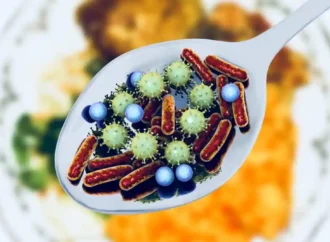



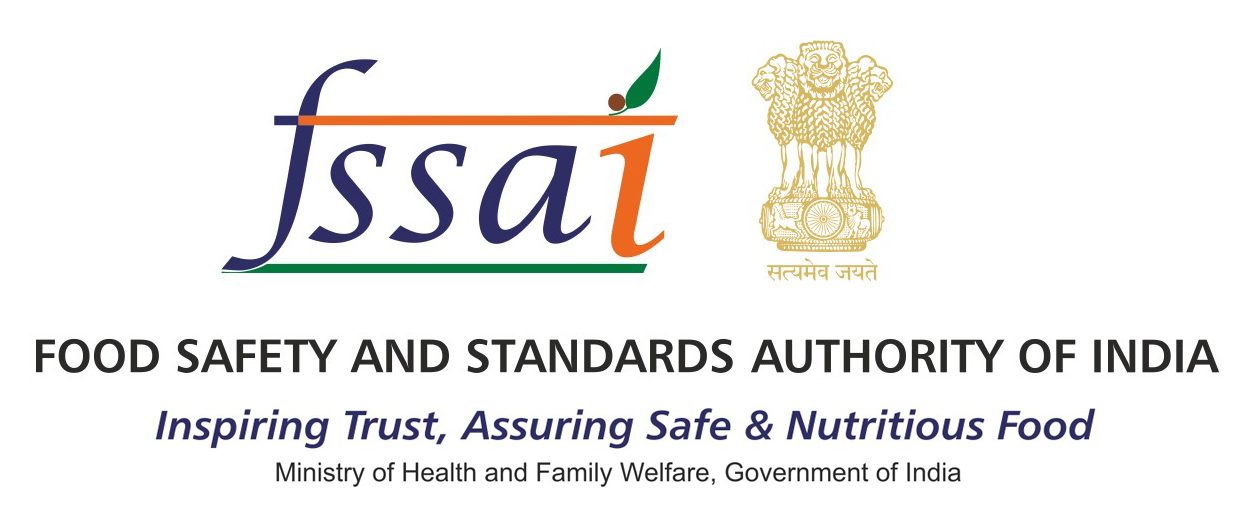


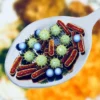


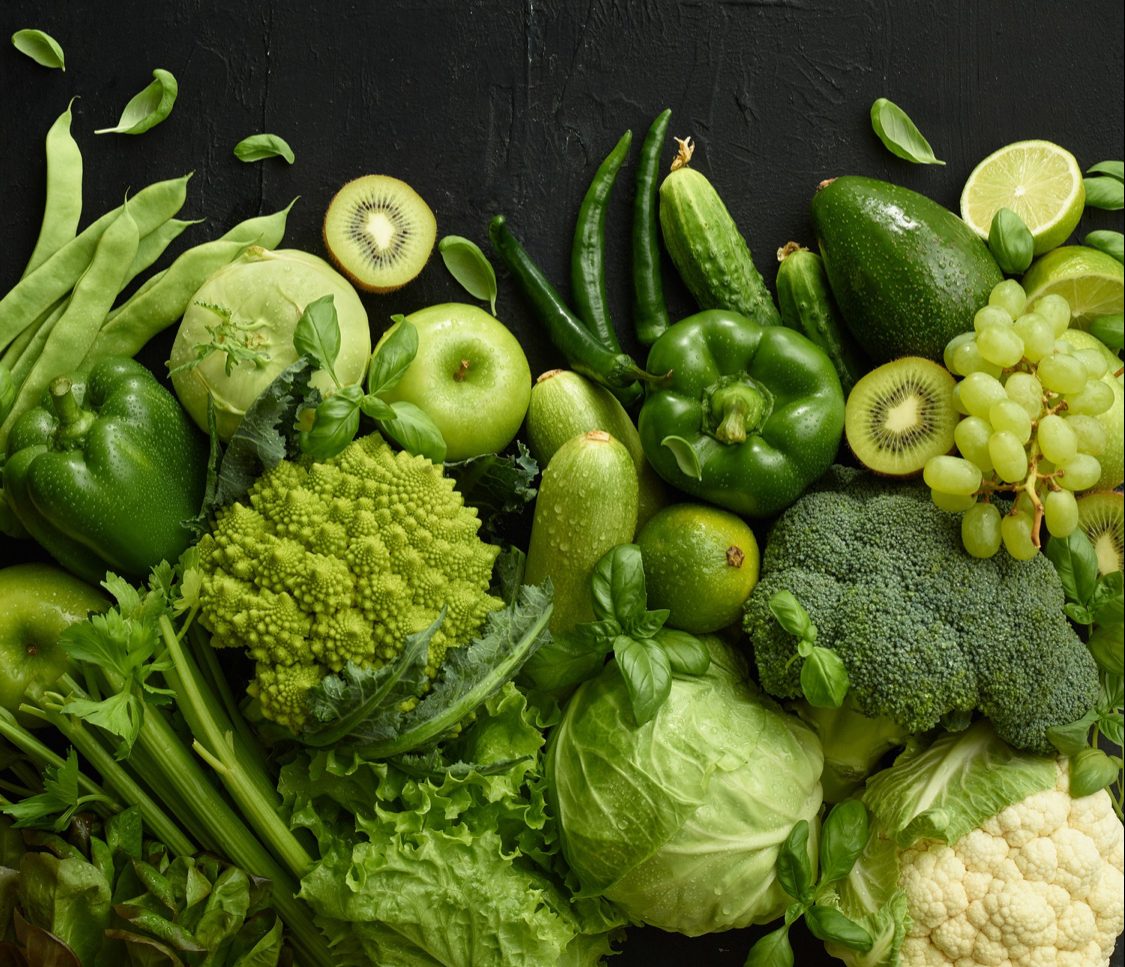



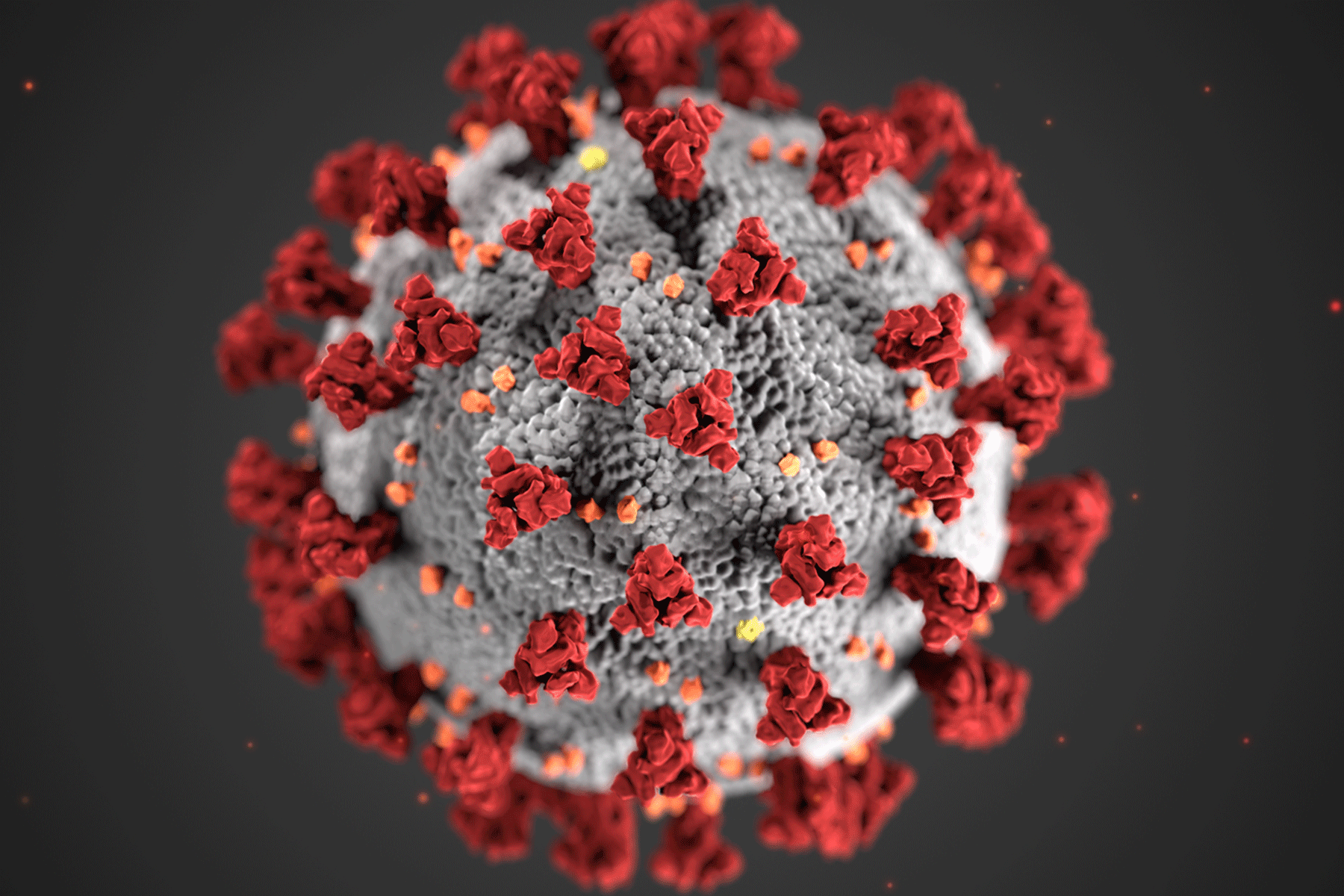
Leave a Comment
Your email address will not be published. Required fields are marked with *